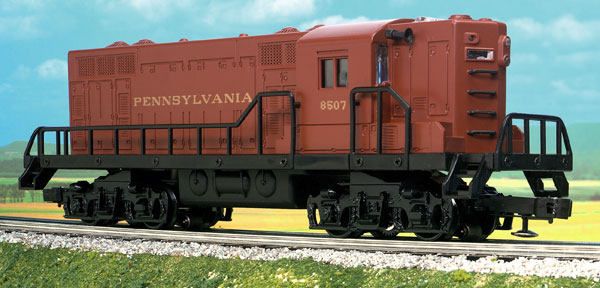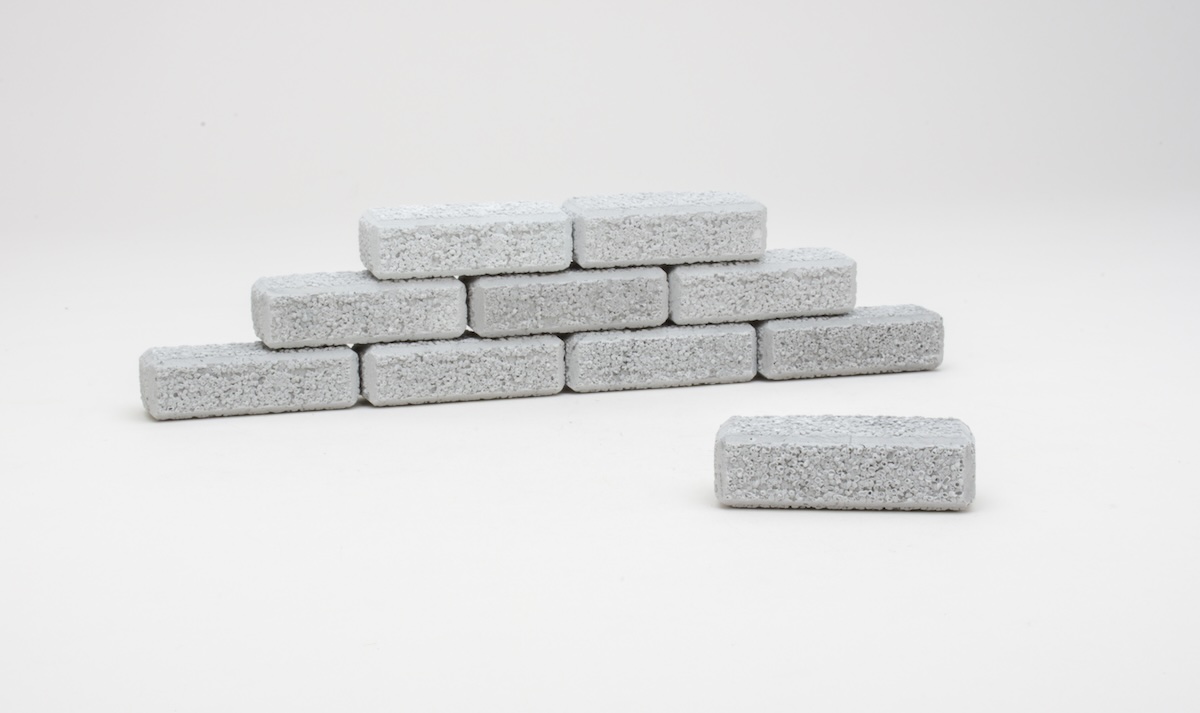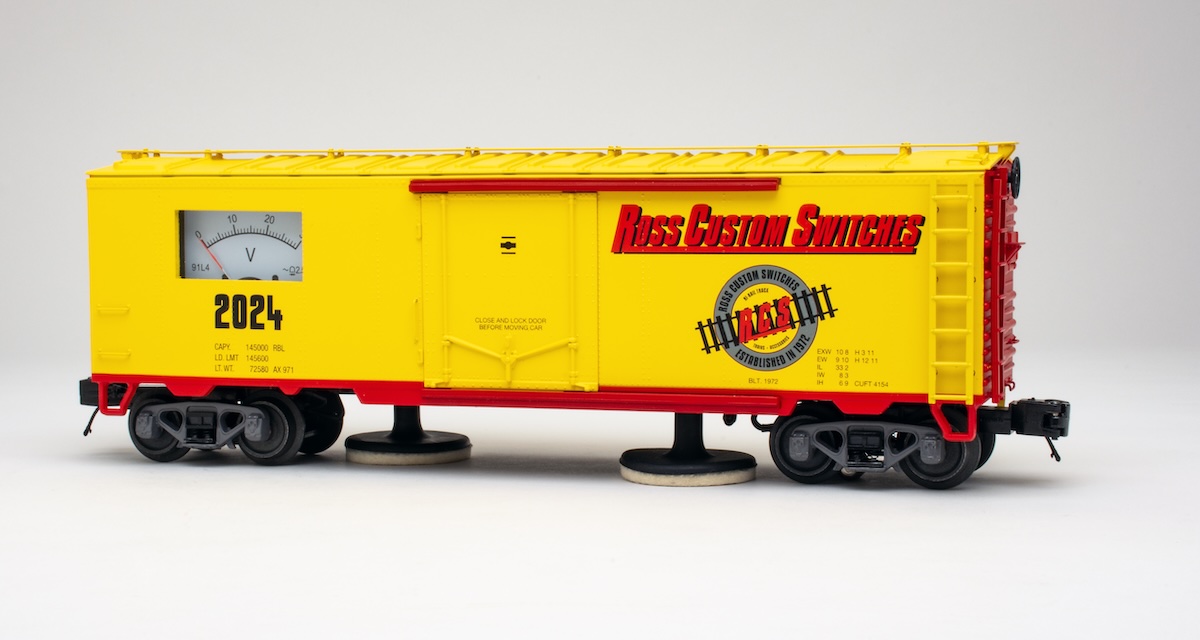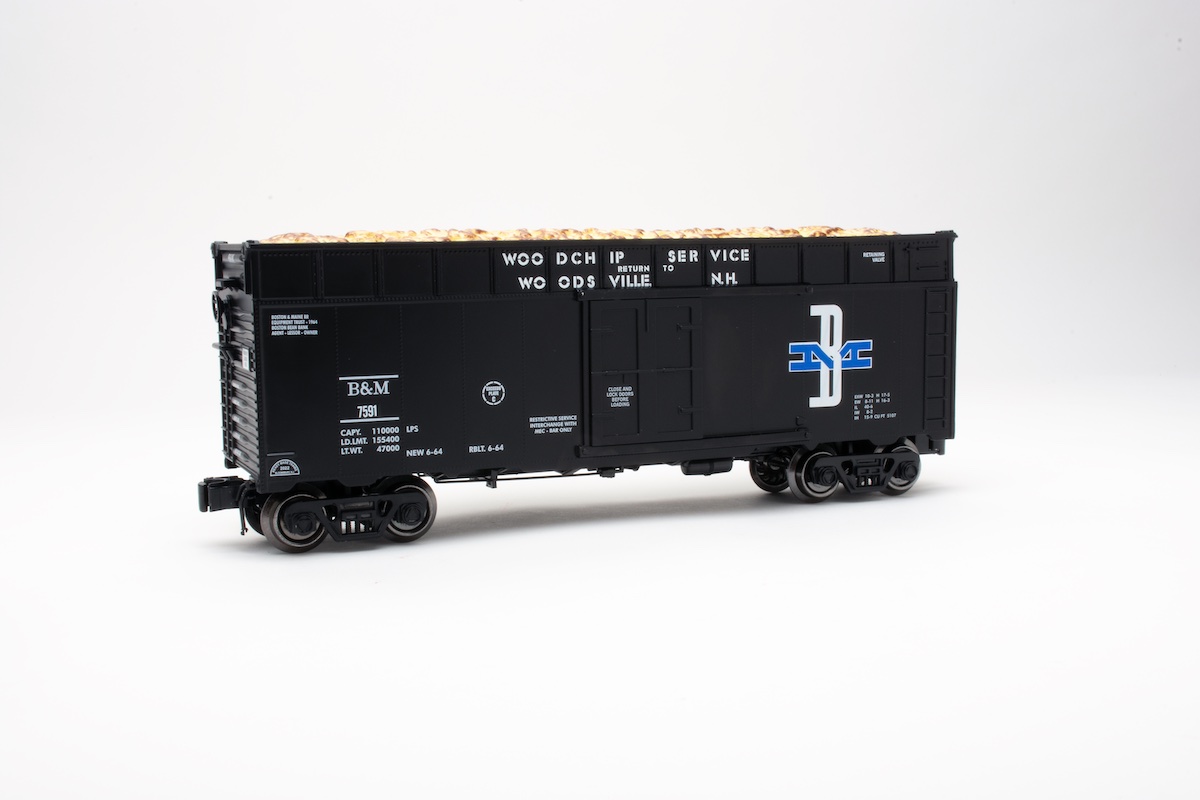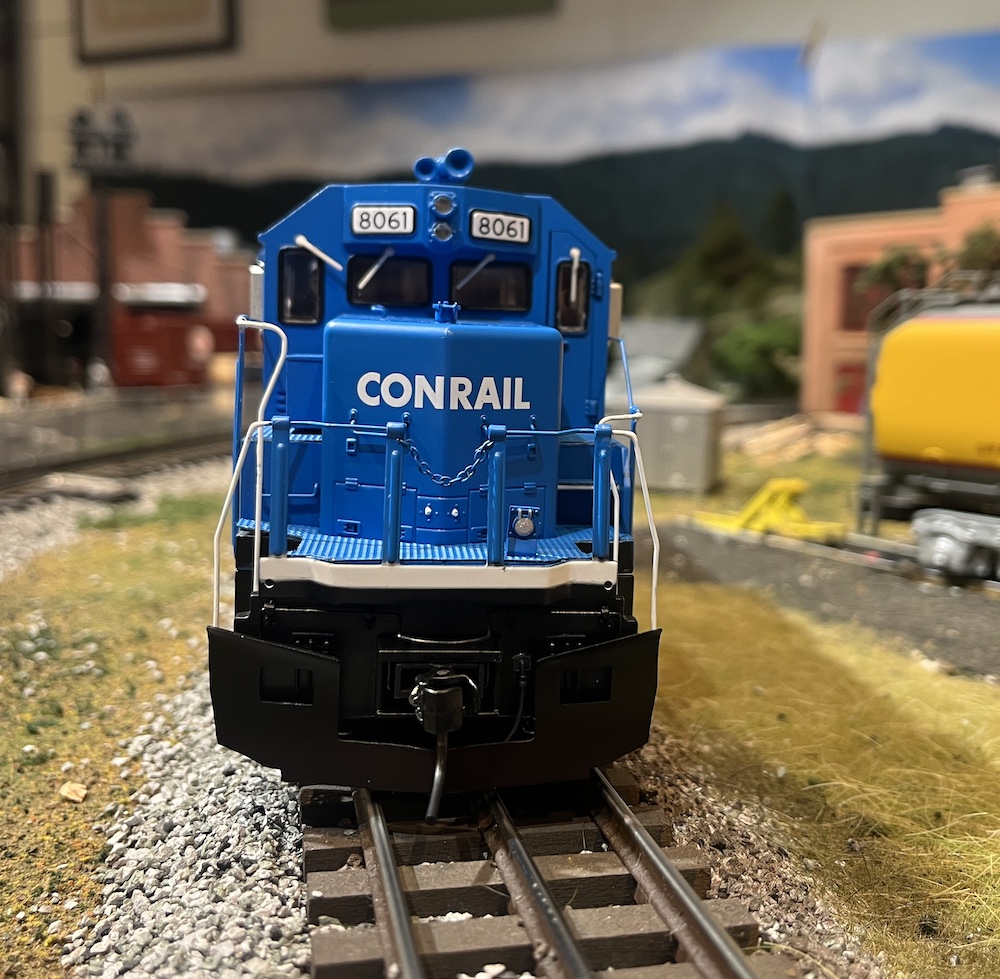Well, this is a physically large O gauge road diesel locomotive made for little hands, and priced right for gift giving. But rivet-counters beware: This model isn’t for you.
The target audience for this Geep is a newcomer or, more specifically, someone who wants to give a child a “big” diesel yet won’t come unglued if the model goes over the side of a table and shatters on the floor.
K-Line is making a clear pitch to this audience. In addition to the $49 GP7 diesel, K-Line’s newest catalog offers its traditional FA set for $149 and a reprise of its basic steamer (originally derived from Marx tooling) for $99.95. And for rolling stock, there’s K-Line’s Husky line, priced at $19.95 a pop.
The first question that comes to mind is, “How can they sell this Geep so cheaply?”
K-Line’s Bob Grubba told me that K-Line was able to find the body shell – already tooled – in Asia. Another firm was selling the American-style locomotive as a battery-operated diesel. K-Line simply needed to build the frame and motor, allowing the company to save a hunk of product-development change.
Since the frame, handrails, and other parts are plastic instead of metal, K-Line was able to trim the locomotive’s retail price further.
Inside the body shell is a minimum of internal gear – a single can-style motor mounted on the front truck and assisted by two traction tires moves this baby. If there are working lights, we sure didn’t see ’em. This is one bare-bones model.
The shell, despite differences in its width, has a pretty decent lineage. It is based on the GP7 shell developed by Lionel in the 1950s. The detail points match, right down to the flat, “blank” space on the sides of the long hood where the road name would be printed (this isn’t needed with today’s printing techniques) and a slight gap between a cab door window and the frame. Take a close look at the photo above, which compares this K-Line Geep to a modern-era remake of Lionel’s postwar Geep, and you’ll see what I mean.
This isn’t a bad thing, because any kid looking at a photo of a Geep can clearly see what his toy is modeled after. The most visible difference between the K-Line shell and the old Lionel shell is a non-illuminated clear plastic lens on top of the K-Line cab. The lens covers a hole that, on a battery-powered locomotive using this shell, houses an infrared receiver.
I was more than a little surprised to find some nifty add-on details, such as steps on both ends of the shell as well as horns. The plastic frame has some traction tread cast into it, and the steps are part of the frame, not the trucks.
The appearance of the handrails has already been the source of some grousing among established hobbyists who, frankly, aren’t the audience for this model anyway. The handrails are plastic and are held on by visible Phillips head screws. Big deal! This is a toy.
Flipping the model over, you’ll find a very satisfactory fuel tank with an on/off switch to lock the reverse unit into forward or reverse.
The trucks feature die-cast metal sideframes and plastic operating couplers. Each truck has two power pickups about 3 inches apart.
The first two GP7 road names are the nos. K2480-8507 (Pennsylvania) and K2443-0288 (Milwaukee Road), which were exclusive for K-Lines Fall Fair Days sales program. The no. K2430-2842 (Santa Fe) is part of the regular line.
On the test track
Performance numbers were in keeping with this being a capital “T” toy locomotive. Our conventional-mode, low-speed average was 46.3 scale mph while the high-speed average was 147.4 scale mph. Drawbar pull for the 2-pound, 3-ounce diesel locomotive is 11.7 ounces.
Motor operation is smooth, and response to transformer commands is jackrabbit quick.
Kids will find this model attractive and fun. It will probably be the test subject of more than one Evil Knievel-style leap between adjacent bunk beds. But at $49.95, that’s okay.





